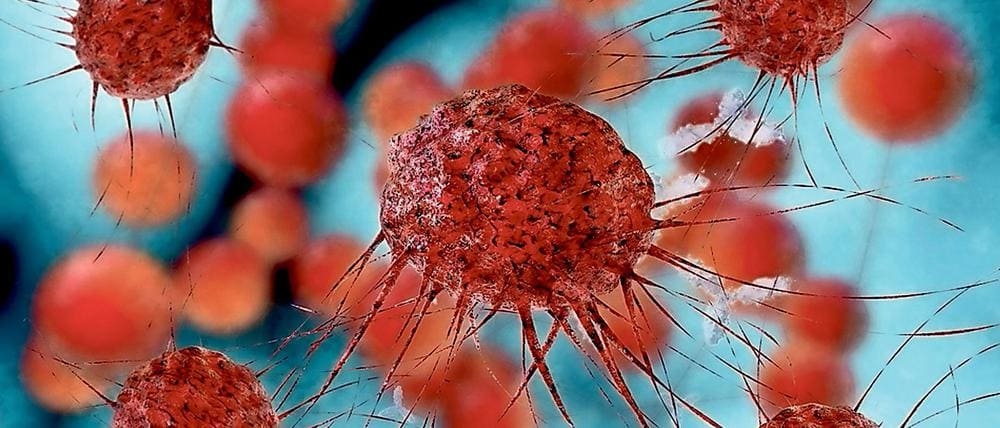KEY TAKEAWAYS
- The study aimed to investigate the impact of temporal MBD changes on invasive breast cancer risk in women with BBD.
- The results indicated assessing MBD changes informs BBD risk; reducing MBD may decrease breast cancer risk.
Benign breast disease (BBD) and high mammographic breast density (MBD) are common independent risk factors for invasive breast cancer. While temporal changes in MBD are thought to influence future breast cancer risk, this relationship has not been explored in women with BBD.
Maeve Mullooly and the team aimed to investigate the potential impact of temporal changes in mammographic breast density on future invasive breast cancer risk specifically among women diagnosed with BBD.
A nested case-control study was conducted within a cohort of 15,395 women diagnosed with BBD at Kaiser Permanente Northwest (KPNW) between 1970 and 2012, followed up until mid-2015. Cases (n = 261) were defined as those who developed invasive breast cancer more than one year after BBD diagnosis, while controls (n = 249) remained cancer-free by the date of case diagnosis.
Cases and controls were matched individually based on age at BBD diagnosis and duration of plan membership. Standardized %MBD change (per 2 years) was categorized as stable/any increase (≥ 0%), minimal decrease (less than 5%), or a decrease of 5% or more, determined from baseline and follow-up mammograms. Associations between MBD change and breast cancer risk were assessed using adjusted unconditional logistic regression.
Among BBD patients, 64.5% (n = 329) had non-proliferative, and 35.5% (n = 181) had proliferative disease with/without atypia. Women experiencing an MBD decrease (≤ – 5%) showed a reduced likelihood of developing breast cancer (OR 0.64; 95% CI 0.38, 1.07) compared to those with minimal decreases. This association was more pronounced in women aged ≥ 50 years at BBD diagnosis (OR 0.48; 95% CI 0.25, 0.92) and those with proliferative BBD (OR 0.32; 95% CI 0.11, 0.99).
The analysis showed that analyzing temporal changes in MBD could guide risk monitoring in women with BBD, potentially aiding in the reduction of future breast cancer risk through active MBD reduction strategies.
Research was funded by the Intramural Research Funds of the Division of Cancer Epidemiology and Genetics (DCEG), of NCI, and Department of Health and Human Services, USA. Some other supports were provided from the Health Research Board in Ireland and Breast Cancer Research Foundation.
Source: https://pubmed.ncbi.nlm.nih.gov/38532516/
Mullooly, M., Fan, S., Pfeiffer, R.M. et al. “Temporal changes in mammographic breast density and breast cancer risk among women with benign breast disease.“ Breast Cancer Res 26, 52 (2024). https://doi.org/10.1186/s13058-024-01764-2.



